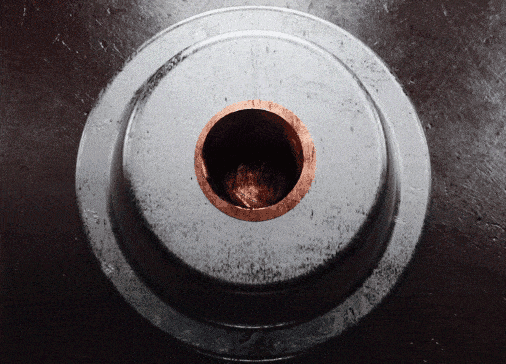Partial Discharge: Uncovering Its Significance as an Indicator of Asset Health
Partial Discharge: Uncovering Its Significance
The term "partial discharge (PD)" carries significant implications for the health and performance of critical assets. At Monitra we are dedicated to maximising the uptime of HV assets worldwide, and PD testing and monitoring are fundamental to our approach. Understanding PD and its implications for electrical assets is vital to ensure the efficacy of condition-based maintenance schemes.
So, What Exactly is PD?
PD is an electrical discharge that occurs across a localised area of the insulation between two conducting electrodes, without completely bridging the gap (see IEC 60270). These discharges can come from a small part of the insulation system that discharges without the full insulation system flashing over. When repeated over time, these discharges can compromise the integrity of insulation systems, leading to accelerated asset degradation and potential catastrophic failures. PD generally occurs in systems operating at voltages of 3 kV and above but can also occur at lower voltages in some cases (i.e. with variable speed drive (VSD)/variable frequency drive (VFD) motors and LV designs). The phenomenon can occur at various places in the insulation of an asset, including in voids or cavities in solid or liquid insulation mediums or at the interface between insulation layers.
What Causes PD?
PD can be observed in both new and ageing assets. In newer assets, issues can be caused by improper installation of the asset or by poor design and/or workmanship; this is especially an issue in cable joints and terminations as these are often made up on-site. Poor workmanship at the manufacturing stage of an asset can lead to premature failure, with a disproportionately high percentage of insulation failures being observed within the first 3 years of service compared to the rest of the working life of the asset. In older assets, insulation condition can deteriorate with age; the insulation condition of an asset can also age prematurely due to thermal/electrical overstressing or improper installation.
Why Should We Test For It?
As the best early warning indicator of insulation issues, there are various reasons why partial discharge testing is crucial, including:
⠀
Early Detection of Insulation Issues
Partial discharge testing serves as a proactive measure to identify minute electrical anomalies within the insulation , as PD activity indicates an incipient fault in the HV insulation. Detecting these early signs allows for targeted interventions, preventing the escalation of issues that could lead to extensive downtime or costly repairs.
⠀
Prevention of Catastrophic Failures
Unchecked partial discharges will progressively degrade over time, culminating in severe damage to high voltage assets. Regular testing serves as a preventive measure, mitigating the risk of catastrophic failures that could not only disrupt operations but also pose safety hazards.
⠀
Optimized Asset Management
The integration of machine learning, a foundational element of Monitra's technology, in partial discharge testing allows for automatic, real-time condition monitoring. This not only streamlines the testing process but also contributes to a comprehensive and data-driven approach to asset management, providing enhanced reliability in crucial applications.
The ability to detect and address insulation issues in their infancy empowers our customers to improve the reliability, safety, and longevity of their HV assets. Read more about our solutions here:
⠀
⠀
Get in touch






